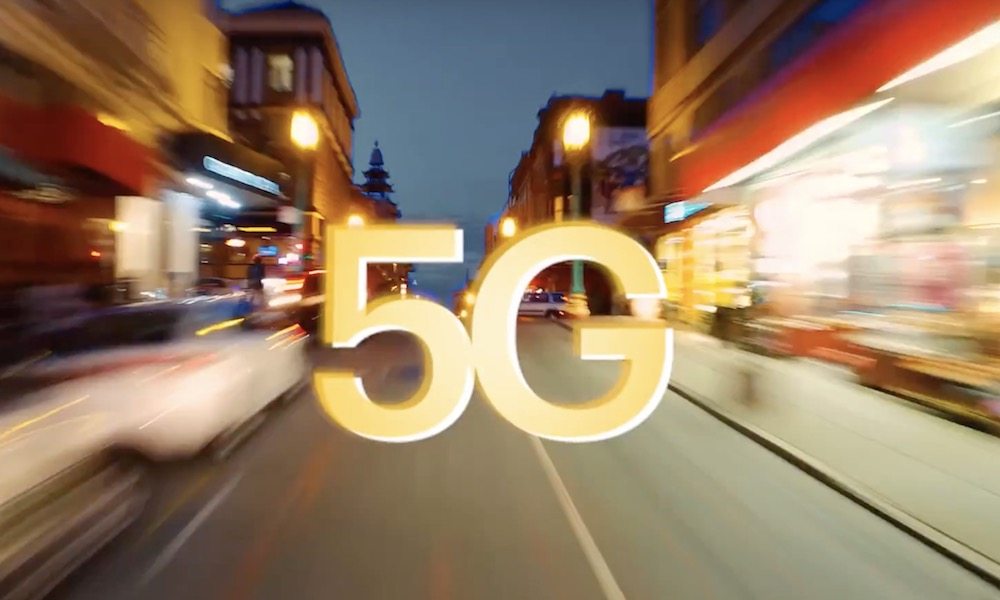Getting Into the 5G Fast Lane Could Be More Expensive If AT&T Has Its Way

Toggle Dark Mode
There’s a law of diminishing returns when it comes to data transmission speeds on mobile phones, and as carriers begin rolling out 5G networks across the U.S., we’re still left with the burning question: How fast does your iPhone’s network connection really need to be?
Of course, while most users will be happy to take the fastest speeds they can get, it looks like AT&T may be leading a charge that will force people to put more thought into this issue by charging higher prices for faster connections.
As reported by The Verge, AT&T CEO Randall Stephenson said that he expects that the advent of 5G will be more closely aligned with home broadband internet pricing than traditional cellular data. Pretty much since the advent of cellular data connections, carriers have charged only for data usage, while offering all users the same data speeds. Due to the significantly higher speeds that 5G is capable of offering, however, telcos are now considering the possibility of different pricing for different speed tiers.
I will be very surprised if, as we move into wireless, the pricing regime in wireless doesn’t look something like the pricing regime you see in fixed line. If you can offer a gig speed, there are some customers that are willing to pay a premium for 500 meg to a gig speed, and so forth. So I expect that to be the case. We’re two to three years away from seeing that play out.
Randall Stephenson, AT&T CEO
While AT&T has rolled out its actual 5G network (as opposed to its “5G E” twaddle) to 19 U.S. markets, as of right now the only device the company offers to take advantage of it is a mobile hotspot, since Samsung’s 5G flagship, the Galaxy S10 5G, is only available on Verizon exclusively for now. While additional 5G Android phones are expected to appear later this year, Apple is taking its usual measured approach of avoiding the early fray with its 5G iPhone expected to land next year — which will probably be how long it takes for 5G to actually become widely available.
One other wrinkle is that the two major 5G technologies — sub-6GHz and mmWave — will offer different performance in different areas, with only major urban centres expected to get the faster mmWave technology. Such potentially wide variations in performance begs the question of how tiered pricing would work, since customers might have a lot more difficulty getting the speeds that they’re actually paying for.
However, AT&T hasn’t even announced pricing yet for its 5G plans. Currently, Verizon is charging an extra $10 premium for 5G access, but hasn’t said anything about speed tiers. T-Mobile has promised to offer 5G to its customers at the same price as its current LTE plans, but it’s also behind the curve in rolling out the new service. It does seem that for the initial rollout, the companies will probably continue following the same non-tiered pricing model as they have for years, even if they do charge a higher price for 5G access. In the longer term, however, it’s easy to see how the carriers might see the opportunity to squeeze additional revenue out of customers who demand higher data speeds, especially with increasing demands on cellular data networks as more 5G devices come online.






